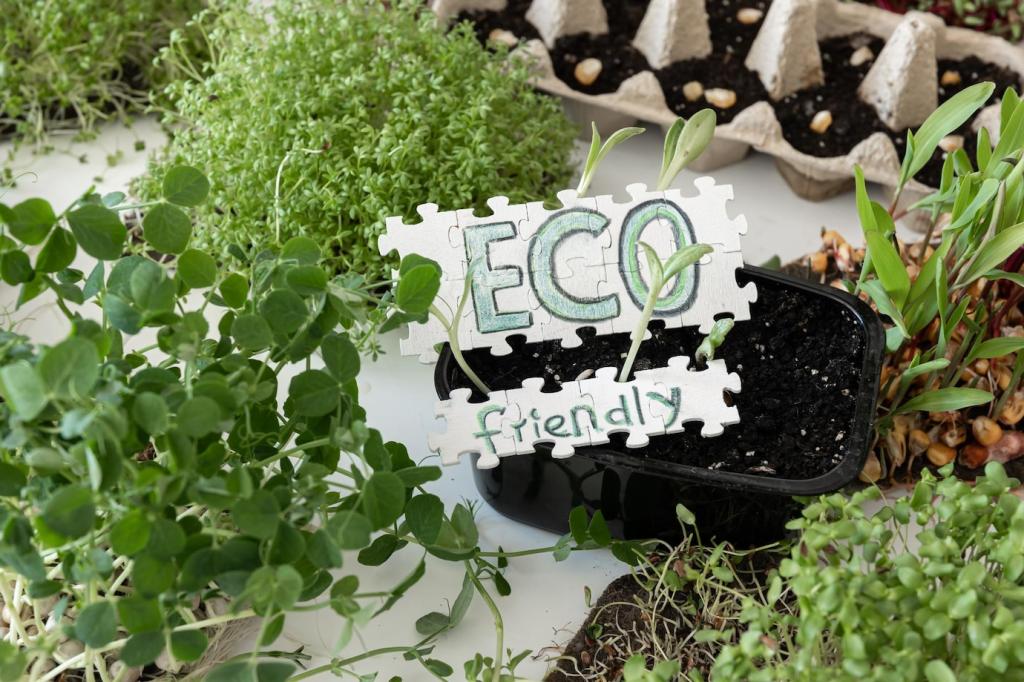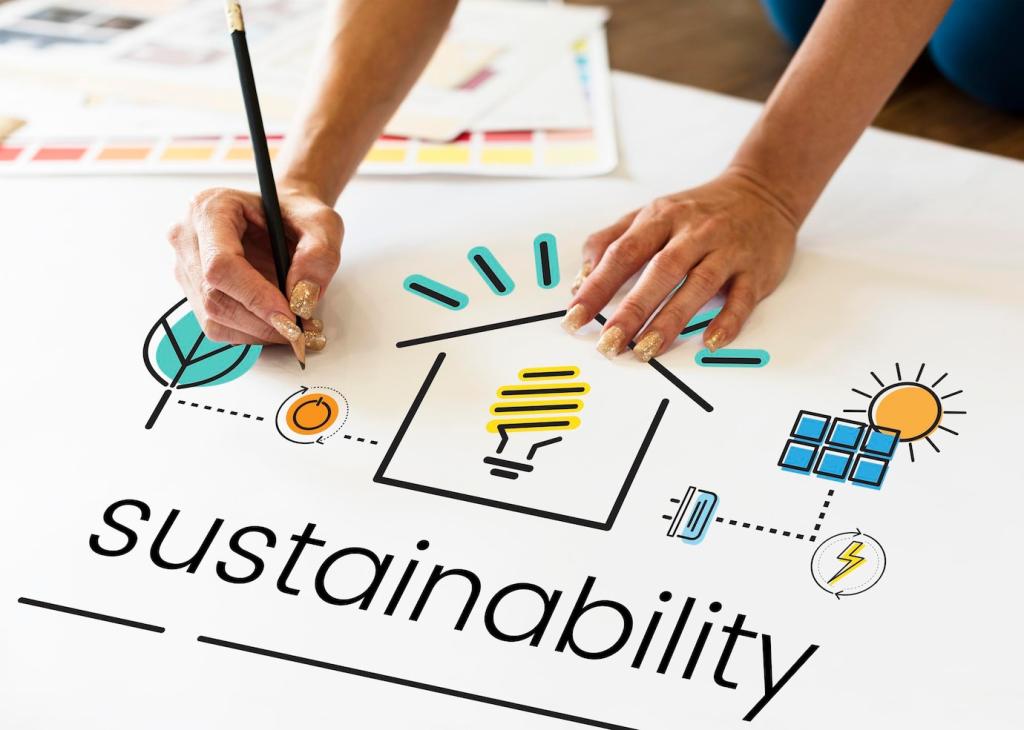Water Stewardship and Site Ecology
Cisterns, first-flush diverters, and filtration make rainwater useful for irrigation, toilet flushing, or cleaning. Greywater loops reduce mains demand and stormwater runoff. Comment if your municipality supports reuse—policy tips help everyone.
Water Stewardship and Site Ecology
Permeable pavers, bioswales, and green roofs slow, filter, and infiltrate stormwater where it falls, reducing flood risk and heat islands. Subscribe for drawings that show how to detail edges, bases, and drain layers correctly.





